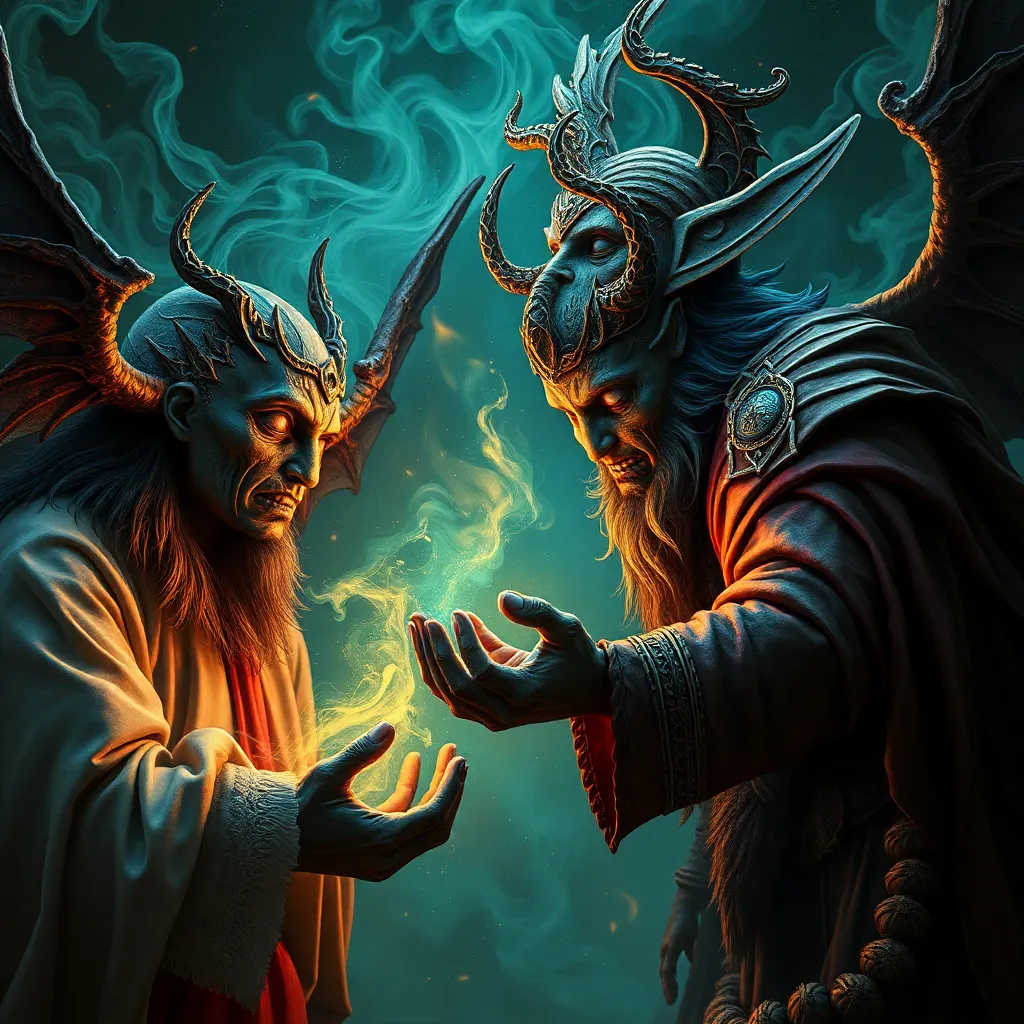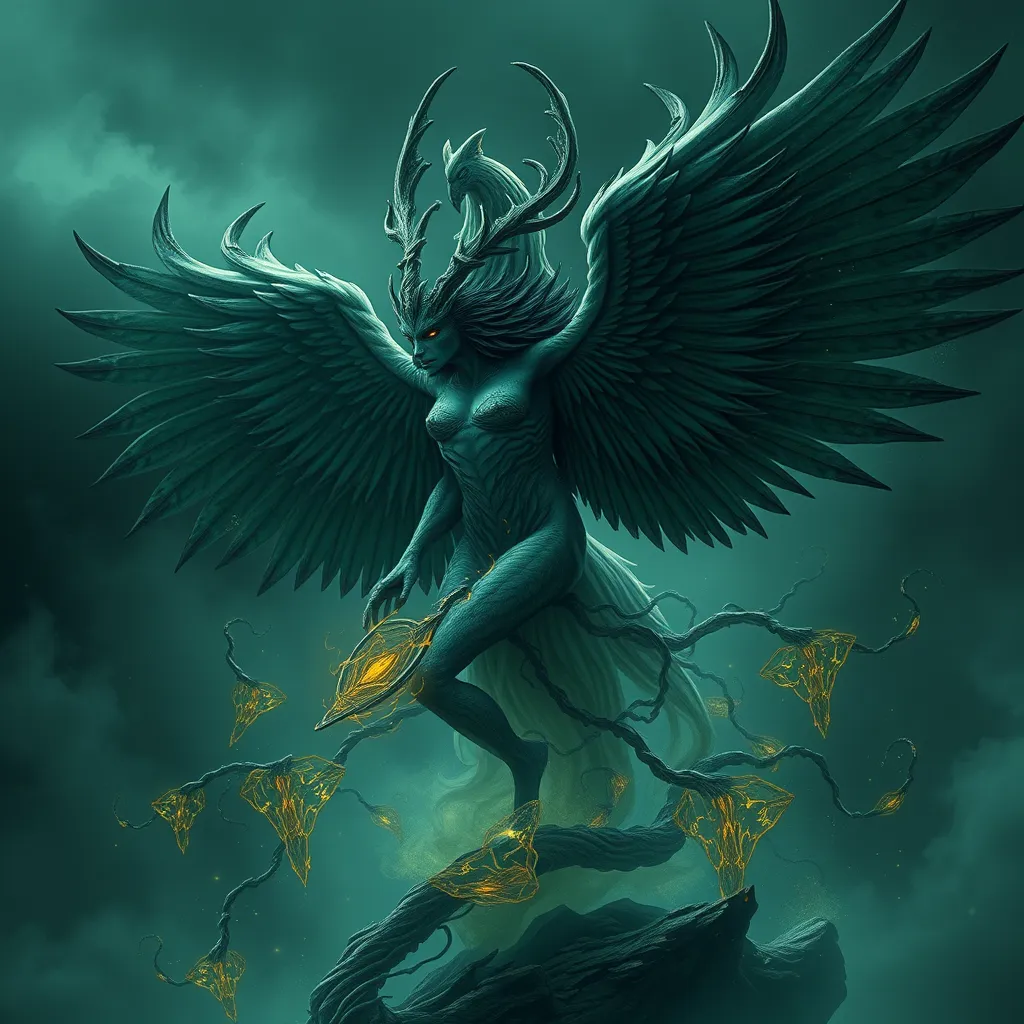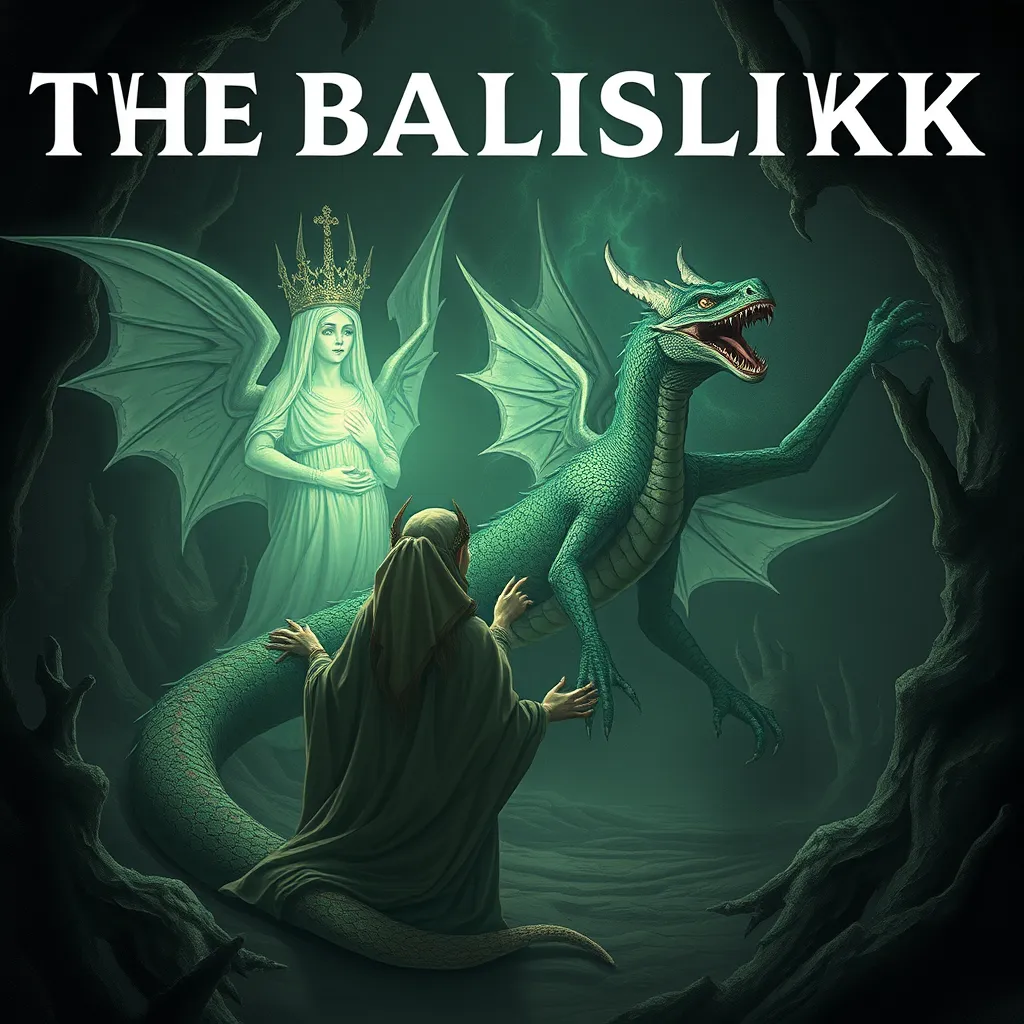The Ifrit and the Supernatural: Exploring their Role in Sorcery and Magic
I. Introduction
The Ifrit is a powerful supernatural entity that has captivated the imaginations of people across cultures for centuries. Traditionally depicted as a type of demon or spirit from Arabic and Islamic folklore, the Ifrit is often associated with fire and has attributes that align it with both good and evil. This article aims to explore the Ifrit’s role in sorcery and magic, highlighting its historical origins, characteristics, cultural significance, and impact on modern interpretations.
Supernatural beings, including the Ifrit, are essential figures in various mythologies and religious beliefs worldwide. They often embody human fears and aspirations, serving as metaphors for the forces of nature, morality, and the unknown. Understanding the Ifrit within this context sheds light on its importance in the realm of magic and sorcery.
II. Historical Origins of the Ifrit
The origins of the Ifrit can be traced back to ancient texts and folklore, where references to such creatures first appeared. These supernatural beings were often described in the context of pre-Islamic Arabian culture, where they were seen as powerful spirits capable of influencing the material world.
Over time, the Ifrit evolved within folklore, adapting to the cultural narratives of various regions. In Islamic tradition, Ifrits are often portrayed as rebellious spirits or jinn with immense power, distinguishing them from the more benign spirits of pre-Islamic lore.
- Ancient Texts: References to Ifrits can be found in works such as the Quran and the Hadith, where they are mentioned as beings of fire.
- Folklore Evolution: Ifrits became prominent in tales such as “The Thousand and One Nights,” influencing their representation in later literature.
- Cultural Significance: The Ifrit holds different meanings in various cultures, often representing chaos, danger, and power.
III. Characteristics and Attributes of the Ifrit
Ifrits are typically described with distinct physical characteristics that set them apart from other supernatural beings. They are often depicted as large, fearsome creatures with a fiery appearance.
- Physical Descriptions: Ifrits are commonly illustrated as having a humanoid shape, but with features that hint at their supernatural nature, such as glowing eyes, smoke-like bodies, and the ability to become invisible.
- Powers and Abilities: Ifrits are known for their control over fire, mastery of magic, and abilities to shape-shift. They can also grant wishes, although often with a twist.
- Distinctions: Unlike other jinn, Ifrits are often portrayed as more malevolent and powerful, making them formidable adversaries in folklore.
IV. The Ifrit in Islamic Tradition
In Islamic tradition, the Ifrit holds a significant place in theology and literature. The Quran mentions Ifrits in the context of jinn, highlighting their capacity for both good and evil.
- Theological Role: Ifrits are recognized as beings created from smokeless fire, possessing free will and the ability to choose between righteousness and wickedness.
- Notable Stories: One famous tale involves the Ifrit in “The Tale of the Fisherman” from “The Thousand and One Nights,” where a fisherman encounters a powerful Ifrit trapped in a bottle.
- Interpretations: Within Islamic contexts, Ifrits symbolize temptation and the struggle against evil, serving as a reminder of the moral choices individuals must face.
V. The Ifrit in Popular Culture
The Ifrit’s influence extends far beyond historical texts and religious beliefs. In contemporary popular culture, Ifrits have been represented in various forms of media, including literature, films, and video games.
- Literature and Media: Ifrits appear in modern fantasy novels, often as powerful beings that play pivotal roles in the narrative.
- Video Games: In many role-playing games, Ifrit is featured as a summonable creature or boss, showcasing its fiery powers and magical abilities.
- Contemporary Perceptions: The portrayal of Ifrit in popular culture has contributed to the modern understanding of sorcery, often romanticizing the idea of fire spirits.
VI. The Ifrit and Magical Practices
The Ifrit’s association with magic and sorcery has led to various rituals and beliefs surrounding these powerful beings. Practitioners of magic often invoke Ifrits for their strength and knowledge.
- Association with Magic: Ifrits are frequently linked to fire magic, and their invocation is believed to yield powerful results in rituals.
- Rituals and Beliefs: Some practitioners may perform specific rituals to appease or summon Ifrits, often involving offerings or chants.
- Modern Interpretations: In modern magical practices, the Ifrit is sometimes viewed as a source of inspiration, embodying the transformative power of fire.
VII. The Psychological and Cultural Impact of the Ifrit
The Ifrit serves as a potent symbol of fear and power, influencing both psychological interpretations and cultural narratives.
- Symbol of Fear: The Ifrit’s association with fire and destruction evokes fear, representing the uncontrollable aspects of nature and the human psyche.
- Psychological Interpretations: In dreams and visions, Ifrits may manifest as representations of inner turmoil, anger, or repressed emotions.
- Cultural Narratives: The Ifrit has influenced moral tales and fables, often representing the consequences of hubris and the importance of humility.
VIII. Conclusion
The Ifrit holds a significant place in the realm of sorcery and magic, embodying the complexities of supernatural beings in human culture. From its historical origins to its modern representations, the Ifrit remains a symbol of power, fear, and the unknown.
As we reflect on the enduring legacy of the Ifrit, it becomes clear that this supernatural entity continues to inspire curiosity and exploration in the realms of folklore, literature, and magical practices. Future research into the Ifrit and similar beings may reveal deeper insights into the human experience and our understanding of the supernatural.



